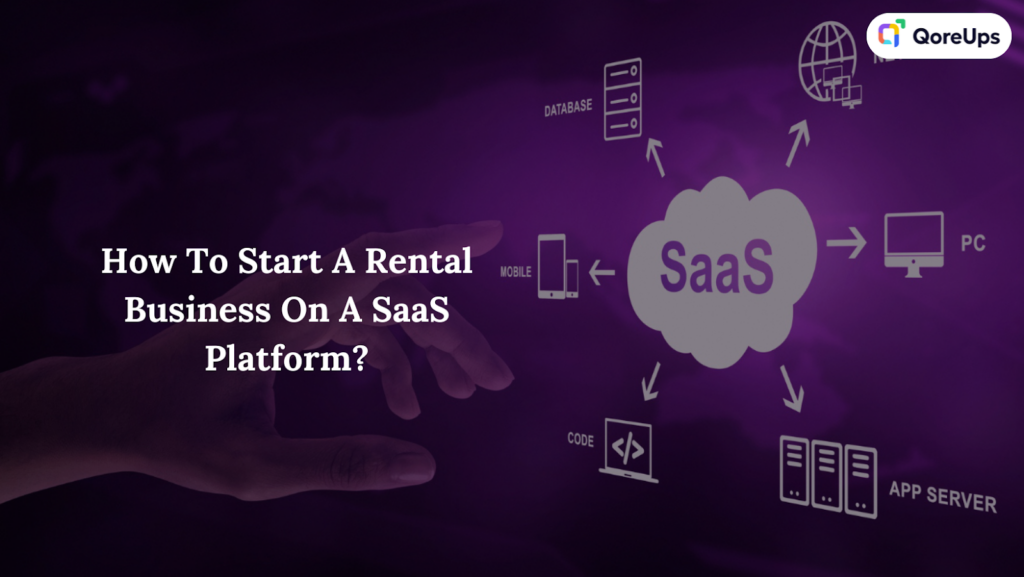
Success in e-commerce revolves around acquiring more customers. However, there may be more efficient strategies than obsessing solely on expanding your customer base.
The Average Order Value (AOV) metric unlocks opportunities for greater revenue without constantly struggling to acquire new customers. Businesses should focus on incentivizing customers to spend more on each purchase to efficiently boost profits.
Here, we delve into highly effective ways to increase your AOV on Shopify.
What is the Average Order Value?
The Average Order Value (AOV) is the average amount of money your customers spend on your store in a single transaction. It’s calculated by dividing total revenue by the total number of orders.
While acquiring new customers involves higher costs, optimizing AOV concentrates on increasing the average amount spent per transaction. This means encouraging customers to add more items to their carts, thereby increasing revenue.
A high AOV indicates higher revenues, improved customer lifetime value, and lower acquisition costs.
Why is AOV important?
Monitoring AOV enables businesses to track and project revenue over time—this helps in optimizing the buyer journey for better profits.
Listed below are some of the key benefits of AOV.
Improved revenue
Increasing your AOV means extracting more value from each customer interaction, thereby boosting your bottom line.
For example, suggesting complementary products during checkout increases AOV as customers add more items to their carts.
Reduced marketing costs
Upselling to an established customer base demands fewer resources as compared to acquiring new customers. This helps reduce marketing costs while facilitating better profits.
Enhanced profit margins
A higher AOV can contribute to better profit margins.
During the checkout process, the store can offer customers the premium version of a product. When the customer picks up on the suggestion, the business makes a better profit margin.
Increased customer lifetime value
When customers spend more money on each transaction, businesses earn more over time, contributing to a higher customer lifetime value.
Stores can offer points or rewards for large purchases to generate immediate profits and repeat purchases, fostering customer loyalty.
Best Practices to Increase AOV of your Shopify Store
- Cross-selling
Stores often sell products that complement each other. In the cross-selling strategy, customers are shown complementary items just before they checkout to encourage a larger order.
For example, Amazon’s product recommendation engine suggests a multitude of complementary items to customers on every product page. Labeling them as ‘Related products,’ the platform guides shoppers to purchase more items, effectively driving up AOV.
Utilizing the SF Product Recommendations app on your Shopify store streamlines the implementation of cross-selling. It empowers you to create smart recommendations, ensuring that customers only see the relevant products. The tool offers a free plan and a 30-day free trial for paid versions. The premium plans start at $10 per month.
- Upselling
Amazon presents such premium alternatives under the labels ‘Related items’ and ‘Compare with similar items.’
The strategy of upselling involves presenting offers to customers for a higher-end alternative to the product they are browsing, capitalizing on their current buying mindset. The effectiveness of such incentives lies in their ability to seamlessly integrate into the customer journey, increasing the likelihood of additional purchases.
- Product Bundling
The practice of grouping multiple products and selling them as a single unit for a single price is known as “product bundling.” These products may be complementary or just found to be often bought together and are labeled as ‘Frequently bought together.’
Store owners can add frequently purchased items to their online store and by giving customers a bundle discount, you can entice them to make additional purchases.
- Minimum threshold for Free shipping
Implementing a minimum threshold for free shipping is a powerful strategy to boost order size. Prompting customers to reach a specified spending threshold increases their order value and incentivizes larger purchases.
For example, Amazon attracts customers to explore additional items to qualify for free shipping, elevating their overall purchase amount.
- Social Proof
Customer ratings, reviews, and user-generated content like testimonials help build trust, encouraging customers to make better purchasing decisions. Showcasing such social proof instills confidence in customers to buy higher-priced products, thereby increasing AOV.
For example, on Airbnb, user ratings and reviews create a sense of trust. The level of confidence that a listing inspires will decide how much a prospective traveler will be ready to spend on the accommodation.
- Gift cards and Coupons
Incentivizing customers to spend more in order to earn a gift card helps increase AOV. This way, businesses can bring back customers for more purchases while fostering a sense of goodwill.
Offering discounts encourages an immediate purchase and creates a cycle of increased AOV and customer loyalty.
- Loyalty or Membership Schemes
Loyalty or membership programs are a strategic move to raise the AOV while ensuring customer loyalty. By offering points or rewards instead of discounts, businesses foster a relationship where customers later return to the store and redeem them.
Members who redeem rewards are motivated to spend more to gain more rewards.
For example, Amazon Prime offers members exclusive benefits and discounts, motivating them to choose Amazon for their shopping needs.
- Super premium options
Super premium options boost AOV by catering to customers seeking exclusive experiences. By offering a premium catalog, stores can tap into niche markets where the average customer is willing to spend more for the products.
For example, Tesla offers premium electric cars with advanced features, targeting customers seeking top-tier innovation and luxury.
- Personalized experience
Businesses can now inspect the purchase history of customers to tailor product recommendations based on individual preferences, thereby ensuring a more engaging shopping experience.
For example, Amazon analyzes previous purchases and browsing history to personalize product suggestions for its customers.
- Psychological triggers using images
Clear and enticing images effectively convey the value proposition of products, helping customers visualize owning them. This encourages higher-value purchases contributing to an increased AOV.
For instance, Apple utilizes visually appealing product images to emphasize the premium nature of its offerings and entice its customers.
- Live customer support
Quickly addressing customer inquiries builds trust and encourages customers to make larger purchases. Responsive customer service provides assurance, instilling confidence that the business is committed to fixing customers’ issues.
Shopify offers live chat support to assist merchants with technical or business-related queries, leading to a smoother experience. Merchants are more likely to explore and invest in additional features or services offered by Shopify, knowing they have immediate assistance if needed.
- Exclusive new user discounts
Businesses can now display a coupon code when you first visit their store. This can encourage the first purchase, potentially turning a casual visitor into a customer. The positive initial experience can also prompt higher-value purchases, increasing loyalty and AOV.
For example, Spotify Premium offers a free 30-day trial for first-timers, coaxing them to explore the platform’s content offerings.
- Purchase-based contests
Launch contests where customers whose order value is higher than a fixed amount stand a chance to win prizes. This will increase AOV and bring about more frequent store visits and purchases.
For example, electronics retailers often run such purchase-based contests to entice customers with the chance to win accessory bundles.
- Flexible returns policy
A flexible returns policy will encourage shoppers to take a chance on complementary or higher-end products.
While inspiring such confidence, it is also essential for customer satisfaction. Displaying your returns policy and being adaptable in the process also encourages repeat business.
Conclusion
In eCommerce, focusing on the average order value is a pivotal strategy for continued growth. It emphasizes the significance of maximizing the value extracted from each customer transaction.
The ability to influence customer behavior and choices directly impacts the overall AOV. Therefore, segmenting customers based on their spending behavior and tailoring strategies accordingly, adds a layer of personalization, enhancing the effectiveness of these tactics.
It is crucial to approach AOV strategically, understanding that not all tactics may yield immediate results. Opting for a systematic approach enables businesses to analyze and adapt their strategies effectively.
Featured image by Growtika on Unsplash
The post 15 Ways to Increase AOV of your Shopify Store appeared first on noupe.



